Environmental Footprint
The Environmental Footprint measures an organization or industry’s impact on the environment – from direct “in-house” effects, right along the global supply chain. This analysis can be applied to manage environmental sustainability performance, communicate impact to internal and external stakeholders, and form the basis of non-financial reporting.
In the face of climate change, biodiversity loss, and increasingly frequent extreme weather events, business and politics are evolving to respect planetary boundaries. But what impact do supply chains have on the environment? And how can organizations incorporate sustainability in their activities? The Environmental Footprint provides organizations and industries with a comprehensive, evidence-based foundation to manage environmental impact.
How is the Environmental Footprint measured?
WifOR’s Environmental Footprint uses an extended input-output analysis model (put forward by the Scope 3 standard of the GHG Protocol) to measure direct “in-house” effects as well as “upstream” effects, or impacts arising throughout the supply chain.
An extensive range of indicators are included in order to provide a holistic understanding of an organization or industry’s environmental impact. These indicators include:
- Greenhouse gas (GHG) emissions
- Air pollution
- Water usage
- Energy usage
- Land usage
- Waste reduction
- Materials
- Biodiversity
What does the Environmental Footprint offer organizations and industries?
The Environmental Footprint offers a range of benefits to organizations and industries. These benefits include:
- Providing a scientific foundation to actively manage sustainability performance in the environmental dimension
- Identifying critical hotspots along the global value chain, accompanied by detailed analysis categorized according to country, sector, and supplier
- Supporting non-financial reporting in environmental sustainability and fulfilling Corporate Social Responsibility (CSR) to meet regulatory requirements and stakeholder demands
- Sharpening internal company values and overarching objectives
- Enhancing (internal and external) communication of environmental impact and developing stakeholder-specific messages
- Contextualizing sustainability performance in the environmental dimension by comparing with relevant benchmarks
Political context
The United Nations has set 17 Sustainable Development Goals (SDGs) on its 2030 Agenda. The SDGs were adopted by all UN Member Nations in 2015 and are a call for global cooperation to promote peace, prosperity, and planetary well-being.
WifOR’s sustainability research supports organizations and industries in measuring progress and achieving targets set by the Sustainable Development Goals. The Environmental Footprint positively contributes to the following SDGs:
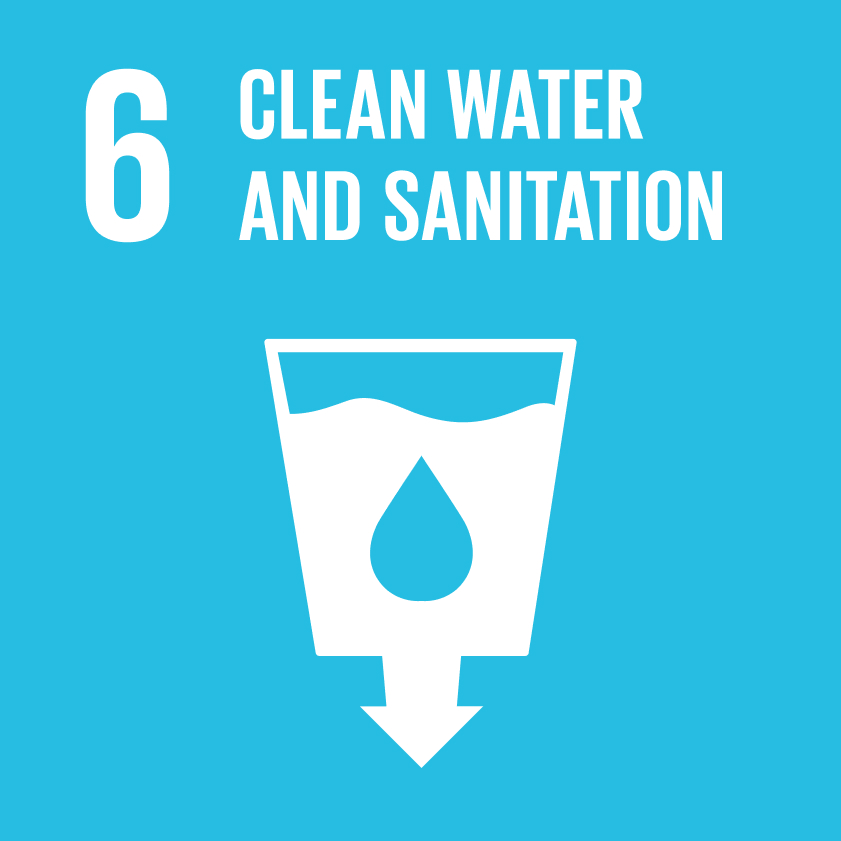
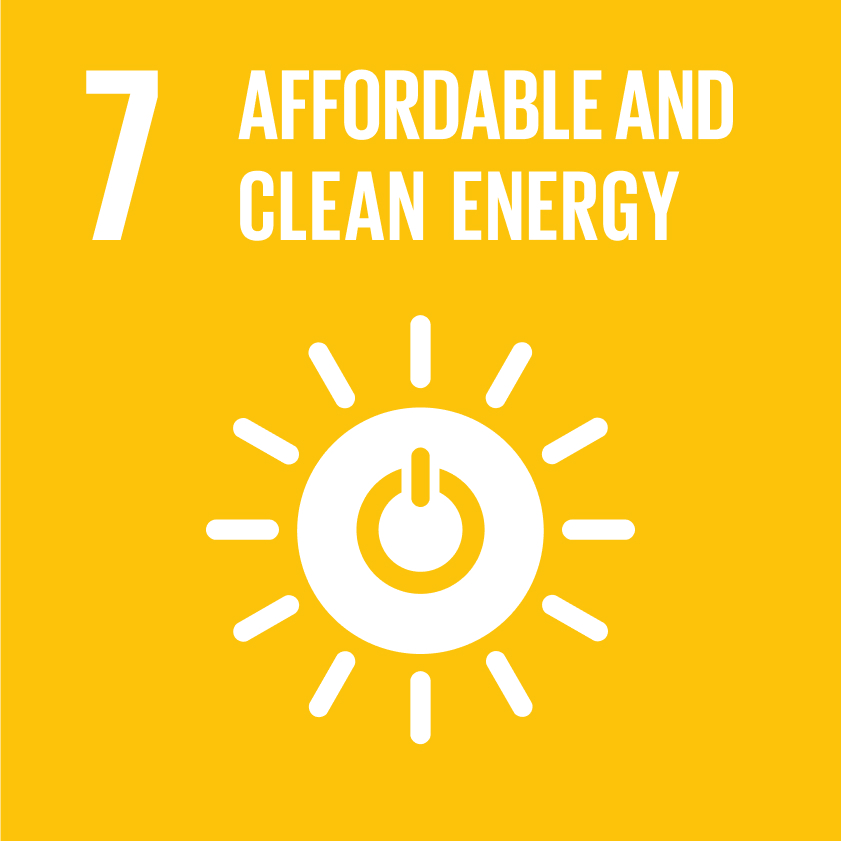
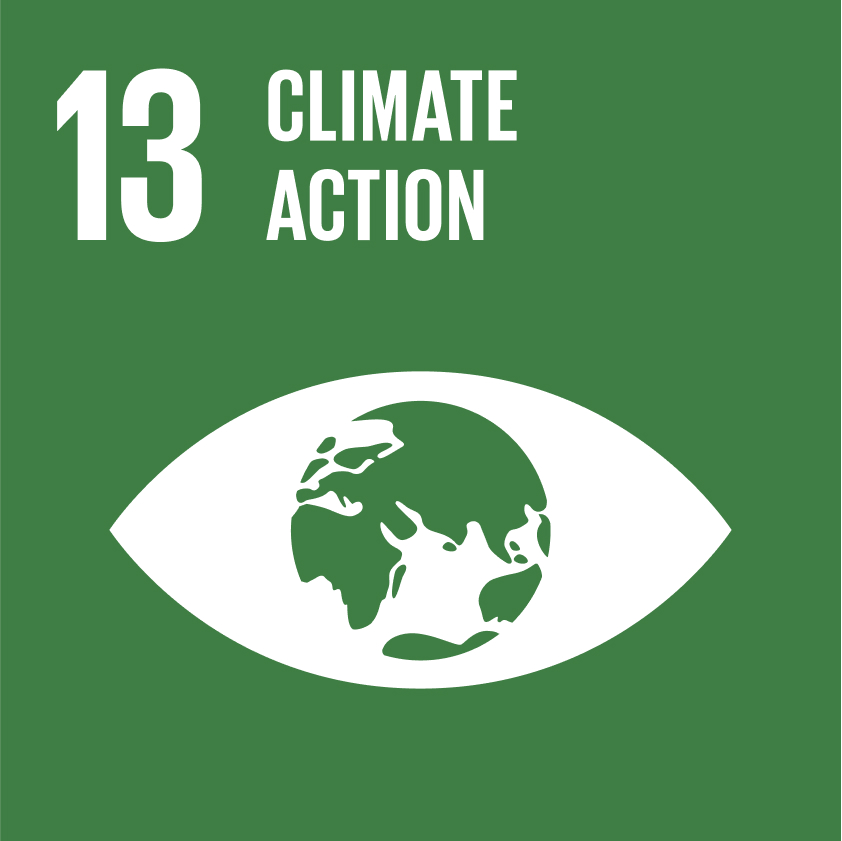
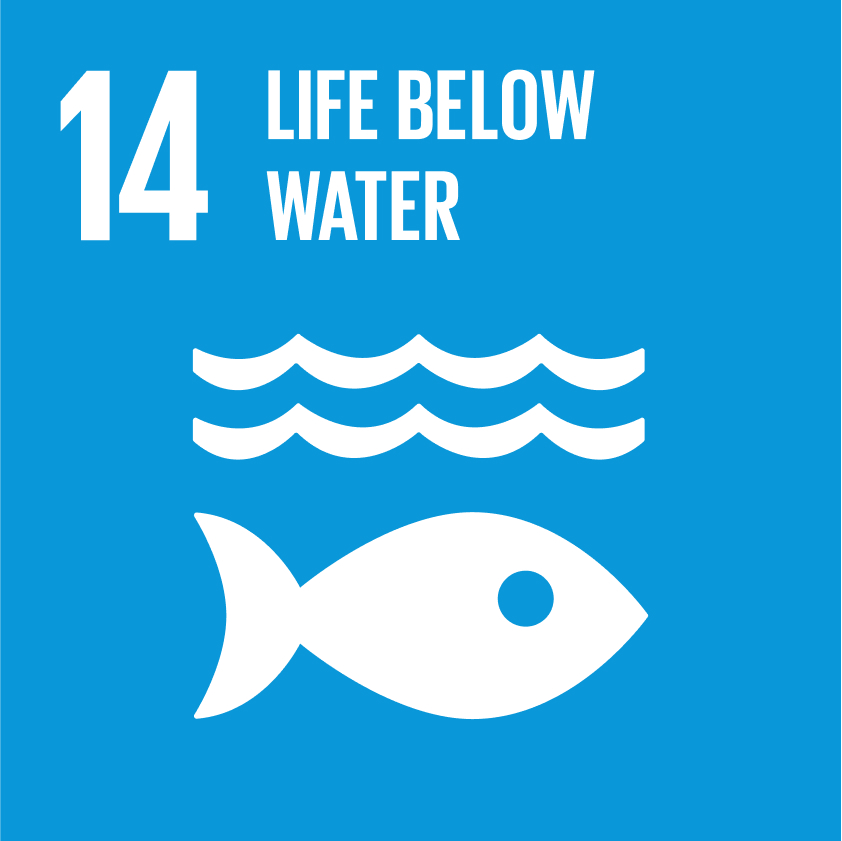
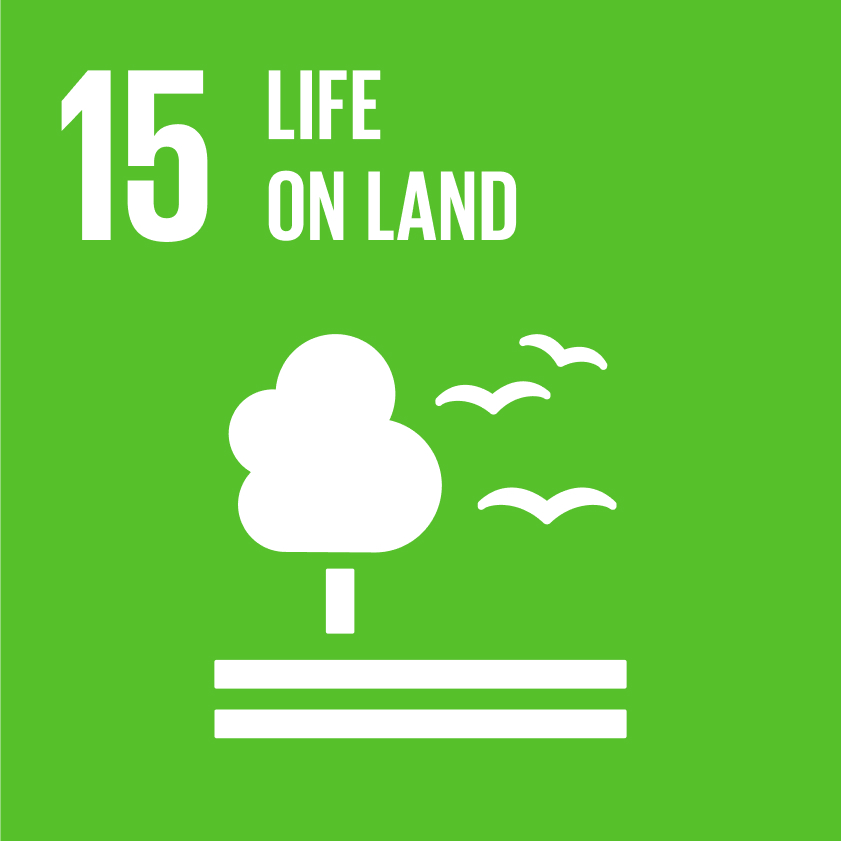
Latest articles from WifOR’s Sustainability Research
-

Interview with Dr. Richard Scholz
Using Impact Valuation to act responsibly – along the supply chain
-

A comparison of German and European supply chain laws
New supply chain laws: What do they mean for companies?
-

Nonfinancial Reporting
Net Zero – What does it mean for companies?
